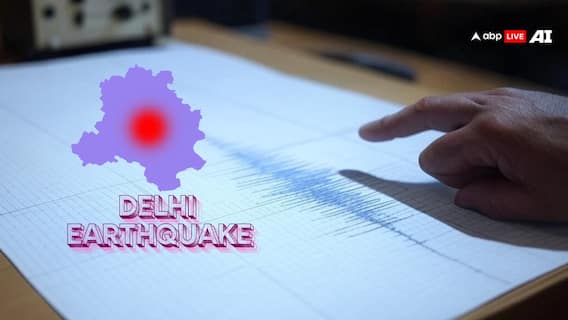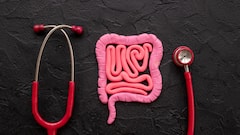7 Things To Know About ‘Brain-Eating Amoeba’ Or Naegleria Fowleri That Claimed Lives In Kerala
Primary Amoebic Meningoencephalitis, caused by the 'brain-eating amoeba', has claimed 3 lives in Kerala in 2 months. The rare infection, with a high mortality rate, affects children more commonly.

Primary amoebic meningoencephalitis, or PAM, claimed its third victim in Kerala in two months as a 12-year-old boy died Wednesday night. EP Mridul, the boy from Feroke in Kozhikode district, had been undergoing treatment in a local hospital, according to reports. Earlier, a girl from Kannur died of the infection at a Kozhikode hospital on June 12, while a five-year-old from Malappuram died on May 20.
PAM is caused by an amoeba, Naegleria fowleri. Since this rare but deadly microorganism can infect the brain, it is often referred to as the "brain-eating amoeba”.
PAM And Naegleria Fowleri: 7 Things To Know
1. PAM is a rare and fatal brain infection caused by Naegleria fowleri. This amoeba thrives in warm freshwater environments like lakes, ponds, rivers, and hot springs. It can also breed in poorly maintained swimming pools.
The 12-year-old Kerala boy had reportedly taken bath in a local stream after which he caught the infection.
The infection is almost always fatal, with a mortality rate of over 97%, according to the USA’s Centres for Disease Control and Prevention (CDC).
2. Infection typically occurs during summer when people swim in warm freshwater bodies. High atmospheric temperatures and low water levels create ideal conditions for the amoeba. It enters the body through the nose and travels to the brain, where it destroys brain tissues and causes swelling.
3. As seen with the three Kerala cases, children are found to be more vulnerable to Naegleria fowleri infections.
4. According to the CDC, early symptoms of PAM include headache, fever, nausea, and vomiting. These symptoms can easily be mistaken for those of bacterial meningitis, making early diagnosis challenging.
5. PAM progresses rapidly, often within 1 to 18 days. Severe symptoms include stiff neck, confusion, lack of attention to surroundings, loss of balance, seizures, hallucinations, and eventually the patient can slip into a coma. Death usually occurs within about five days after symptoms begin.
6. Diagnosing PAM is difficult due to its rarity and the similarity of its early symptoms to other illnesses. Laboratory tests, including cerebrospinal fluid analysis and brain biopsies, are required for definitive diagnosis. In many cases, diagnosis happens posthumously.
7. While there are no standard treatment protocols for PAM, and most treatments are experimental, antifungal drugs along with a combination of other medications have been used with some success, Clevelandclinic.org says. Early diagnosis and aggressive treatment are critical but rarely effective.
Check out below Health Tools-
Calculate Your Body Mass Index ( BMI )
Trending News
Top Headlines











































